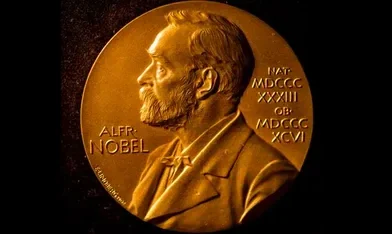From TV Heartthrob to Pop Star Bobby Sherman
Bobby Sherman story is one of talent, timing, and transformation. Born Robert Cabot Sherman Jr. on July 22, 1943, in Santa Monica, California, he was drawn to music and performance from a young age. Sherman could sing, write songs, and play multiple instruments, including the trumpet, piano, and guitar. These skills would become crucial in shaping a career that spanned music, television, and eventually public service.
Sherman’s first real taste of fame came in the mid-1960s when he appeared on the television music series “Shindig!” His wholesome good looks and boy-next-door charm made him an instant hit with young viewers. That exposure caught the attention of casting directors and producers, leading to his breakout role in 1968 as Jeremy Bolt in the television series Here Come the Brides. The show, set in post-Civil War Seattle, followed three brothers who bring brides to a remote logging town. Sherman’s character was the youngest and most sensitive of the siblings, and he quickly became the emotional heart of the show.
The show not only brought him fame but also allowed him to showcase his musical talents. Sherman’s performances on the series led to a recording contract, and from there, his music career skyrocketed. In many ways, the character of Jeremy Bolt helped build the foundation of Sherman’s image: sincere, gentle, and devoted—a perfect fit for the teen idol image of the time.
Chart-Topping Hits and Teen Stardom Bobby Sherman
Between 1969 and 1971, Bobby Sherman dominated the pop music scene. His debut hit single, “Little Woman,” was released in 1969 and became a massive success. The song reached number three on the Billboard Hot 100 chart and sold over a million copies, earning a gold record. The success of “Little Woman” was followed by other hits like “Julie, Do Ya Love Me,” “La La La (If I Had You),” and “Easy Come, Easy Go.” These songs were upbeat, catchy, and sentimental—perfect for the teen market of the time.
Sherman quickly became one of the most recognizable teen idols of the late 1960s and early 1970s. He was a regular on the covers of teen magazines like Tiger Beat and 16, where he was often featured alongside other heartthrobs such as David Cassidy and Donny Osmond. At the peak of his fame, Bobby Sherman received tens of thousands of fan letters each week. His concerts drew huge crowds of screaming teenage fans, and his fan club was one of the largest in the world during that era.
Unlike some of his more rebellious contemporaries, Sherman maintained a clean-cut image that appealed not only to teenage girls but also to their parents. He was polite, modest, and rarely found himself involved in any public controversies. His television and stage presence reflected those values, reinforcing his status as a safe, wholesome entertainer in a time of great cultural change.
Despite his overwhelming popularity, Sherman’s career in music was relatively short-lived. As musical tastes shifted toward harder rock and more experimental genres in the mid-1970s, the popularity of bubblegum pop began to fade. Sherman released several albums, but by the mid-decade, he began stepping away from the spotlight and redirecting his focus.
A Life of Service Beyond the Spotlight
What makes Bobby Sherman’s story unique is not just his rapid rise to fame, but what he chose to do afterward. As his music and television career slowed down, he didn’t try to cling to fame. Instead, Sherman turned his attention to helping others. He trained as an emergency medical technician (EMT) and later became a reserve police officer in Los Angeles.
Sherman’s decision to become an EMT wasn’t a publicity stunt—it was a genuine calling. He discovered a deep interest in medical care after working as a technical advisor on emergency procedures for TV and film productions. Motivated by his experience, he began taking formal training and became certified. He later joined the Los Angeles Police Department’s training academy, where he taught CPR and first aid to new recruits.
Sherman co-founded the Bobby Sherman Volunteer EMT Foundation, a nonprofit organization that provides free medical training to police officers and emergency personnel. Through this foundation, he made significant contributions to community health and safety. His humanitarian work earned him respect and recognition far beyond his years as a teen idol.
Though he rarely performs today, Sherman occasionally participates in reunion shows and events celebrating 60s and 70s pop culture. He remains a beloved figure to many who grew up during his heyday, not just for his music and acting, but for the integrity he brought to every phase of his life.
Legacy of a Pop Icon
Bobby Sherman’s legacy is twofold. As a pop star, he helped define the sound and style of an era. His songs, with their catchy hooks and earnest lyrics, captured the spirit of youth in a changing world. As a humanitarian, he demonstrated that celebrity could be used for real and lasting good. Few entertainers have walked away from fame as gracefully and purposefully as Sherman did.
For those who lived through the late 60s and early 70s, Bobby Sherman remains a symbol of innocence, warmth, and positive energy. His journey from heartthrob to hero shows that a life of impact can come in many forms—on stage, on screen, or in service to others. His story is not just one of fame, but of purpose, and that’s what truly sets him apart.












Comments are closed